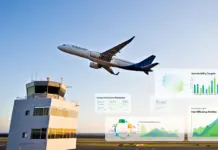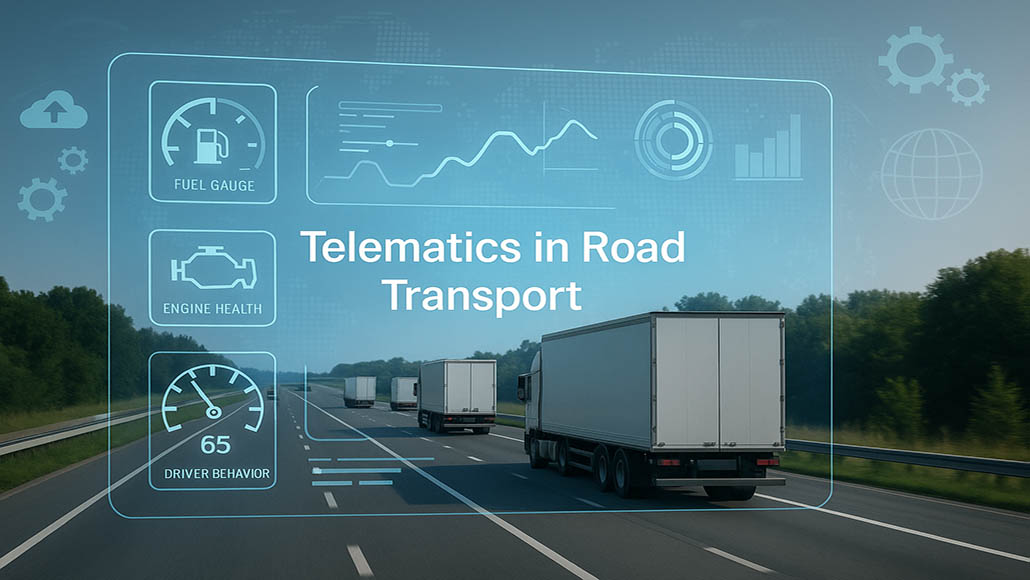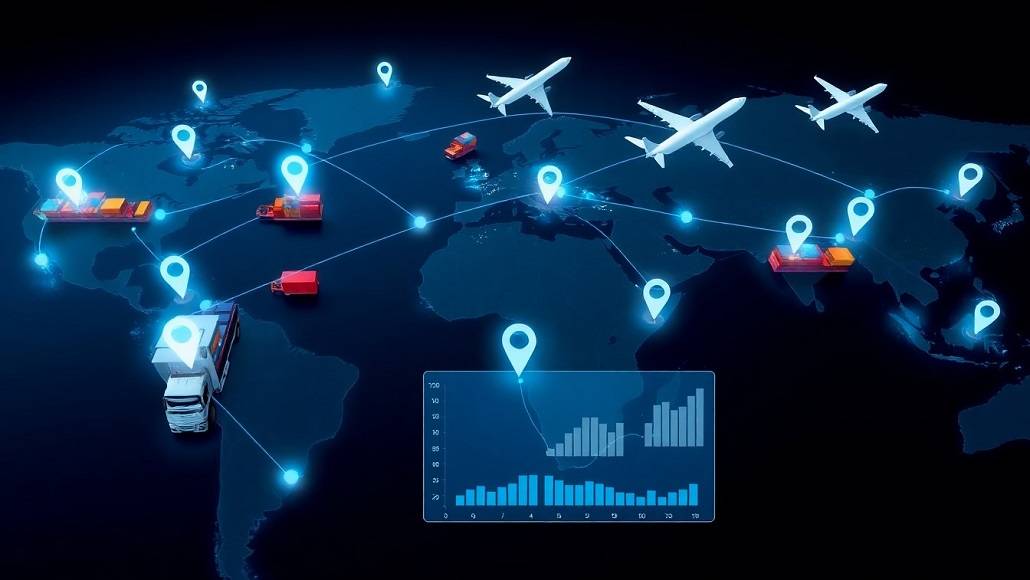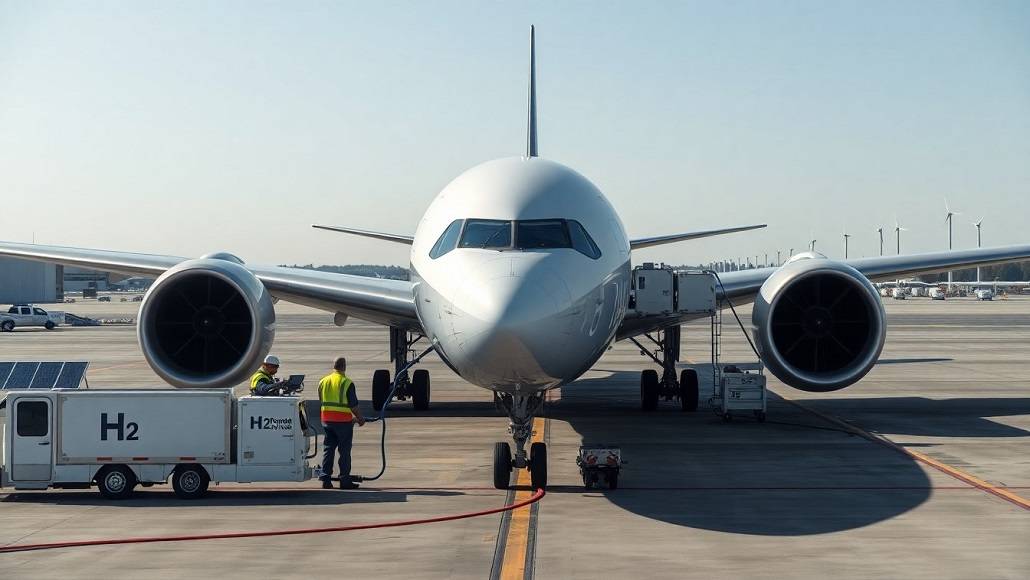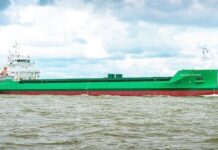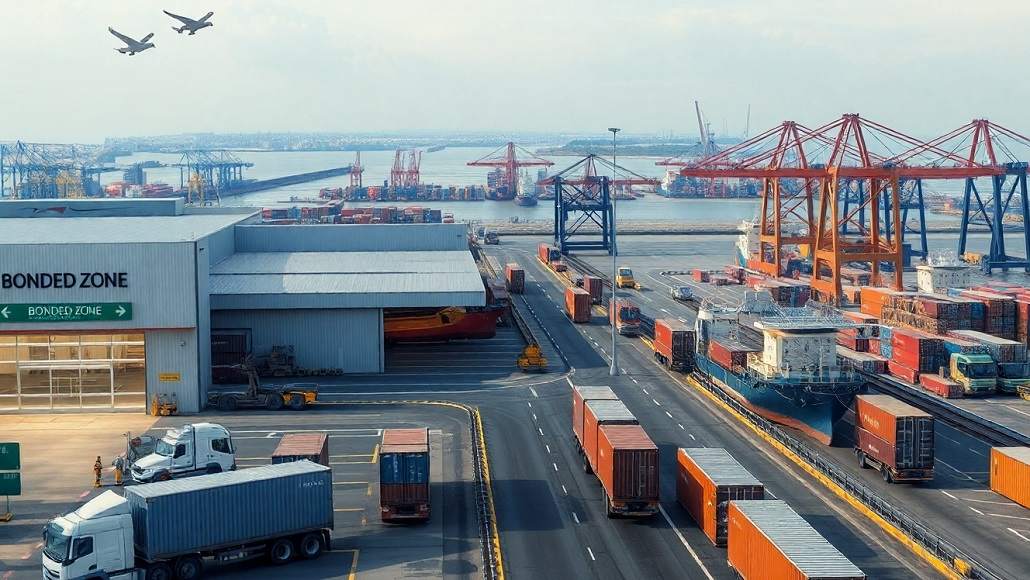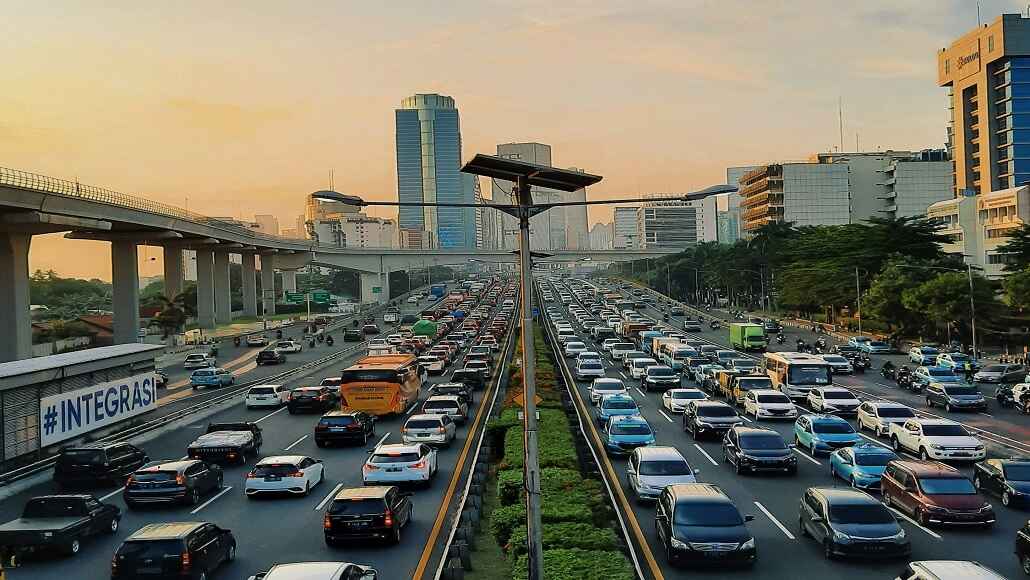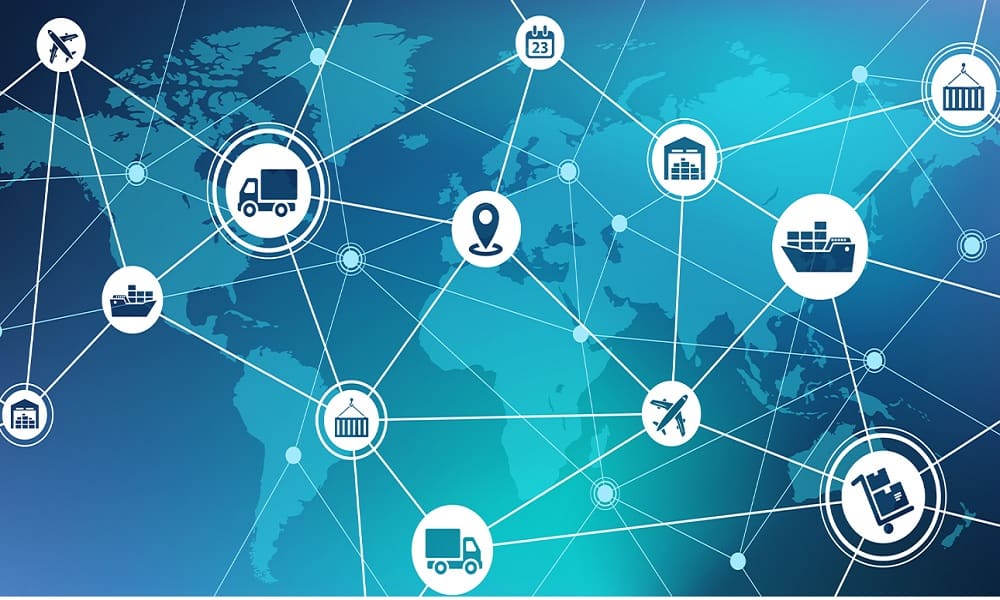In the current global economy, it has become an absolute need for businesses to make use of data analytics in order to improve their resilience, accelerate their development, and effectively handle disruptions. Utilizing data allows for the analysis of operational histories and the circumstances of the industry, the discovery of the factors that lead to growth, stagnation, or decline, the forecasting of future disruptions or advancements, and the implementation of new procedures in order to maintain competitiveness and overcome future obstacles.
When we ask ourselves, “What happened?” and “Why did it happen?”, descriptive and diagnostic analytics help us answer those questions. Predictive analytics, on the other hand, helps us anticipate what could occur in the future. In light of the responses to all of these questions, prescriptive analytics makes recommendations for the next measures that we need to do.
Businesses have the ability to obtain access to relevant data via the use of machine learning and artificial intelligence (AI), which gives them the ability to assist their future development and help them plan to deal with disruptions. This data has the potential to assist in bridging the gap between long-term planning and day-to-day operations, as well as increasing flexibility and improving customer centricity.
What kinds of applications are there for prescriptive data analytics in the supply chain operations?
The purpose of prescriptive analytics in supply chain management is to provide ideas that may be put into action to improve service levels, reduce costs, and boost efficiency. Integration of data analysis, machine learning, and optimization strategies is the means by which this objective is to be achieved.
When constructing a dataset, there are a great number of diverse sources that contribute to its production. Among these sources are the Global Positioning System (GPS) tracking systems, Radio Frequency Identification (RFID) tags, Transit Management Systems, and Enterprise Resource Planning (ERP) Systems. The geopolitical news, weather forecasts, and traffic statistics are all examples of external data sources. In addition, there are several more sources of data. Following this, the data, both in real time and in the past, is combined into a centralized digital system in order to offer prescriptions or instructions on the criteria that must be satisfied. This is done in order to fulfill the requirements effectively.
Prescriptive analytics may assist enhance supply chains in seven different ways, which are listed below:
Forecasting of the demand
When it comes to predicting future demand, predictive analytics makes use of historical data, market trends, and other factors. Prescriptive suggestions, on the other hand, depend on these predictions to advise appropriate inventory levels, transportation resources, and timetables in order to satisfy demand in an effective manner.
The distribution of resources
Prescriptive analytics may also be used to enhance the decision-making process about resources depending on the size of the cargo and the destinations. Programmers are able to investigate the resources that are available, such as trucks, drivers, and warehouses, and construct models to properly distribute resources, so ensuring that workloads are balanced and idle periods are minimised. They are able to give schedules and plans for resource allocation, which guarantee that deliveries are made on time and that assets are used to their full potential.
Optimization of the route
Similarly, route optimization, which is based on data about existing routes, delivery times, fuel usage, and traffic patterns, is also a kind of optimization. The next step is to implement techniques such as linear programming, genetic algorithms, and machine learning models in order to determine the most effective routes for the transportation of goods, which will reduce the amount of time it takes to deliver the cargo and cost.
Optimization of the load
With the use of software that can evaluate data on cargo sizes, weights, and delivery locations, machine learning may apply optimization methods to identify the most effective way to load trucks or containers, improve space usage, and reduce the number of trips that are necessary.
Maintenance that is predictive
Diagnostic and descriptive in nature Analyses of transport data are helpful in monitoring the use of vessels, vehicles, and equipment. This information assists in the identification of indicators of wear and tear, while predictive analysis provides an indication of the anticipated future requirement for maintenance or forecasts prospective failures based on available historical data. Following this, machine learning models may be used to provide recommendations for maintenance plans and preventative measures in order to minimize downtime and avoid failures.
Take control of risks
Machine learning and artificial intelligence have the ability to forecast future hazards and provide multi-scenario evaluations to evaluate the effect of these risks, as well as recommend alternate routes and contingency plans. These predictions may be based on data about geopolitical events, weather concerns, or other different types of disruptions.
The monitoring of performance
Artificial intelligence is able to examine current performance data and construct models and strategies to ensure continuous improvement as soon as companies input their logistical targets. These objectives may include reducing costs, speeding delivery times, and enhancing resource utilization. Furthermore, artificial intelligence can do this as soon as the businesses enter their objectives.
It is possible for prescriptive analytics to have an impact on supply chains from the point of origin to the point of destination by providing ideas that influence production size, labor requirements, equipment use and maintenance, route selection, and pricing. This is because prescriptive analytics may provide suggestions that change these factors.
In order for these proposals to be successfully implemented, the correctness of the data inputs is essential. Accurate data inputs have the potential to aid in the protection of businesses by reducing risks and expenditures. It is possible that it will be of aid to businesses in their future plans to decrease the impact that the activity that occurs throughout their supply chain has on the environment and to ensure that these activities are in compliance with the laws and regulations that are in place.



